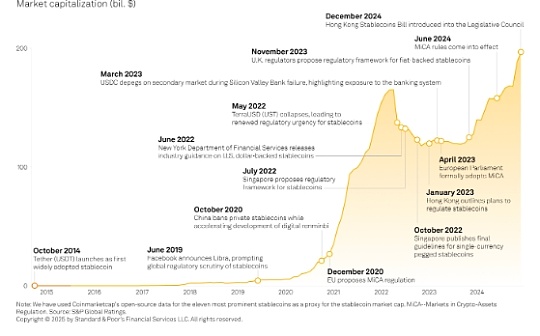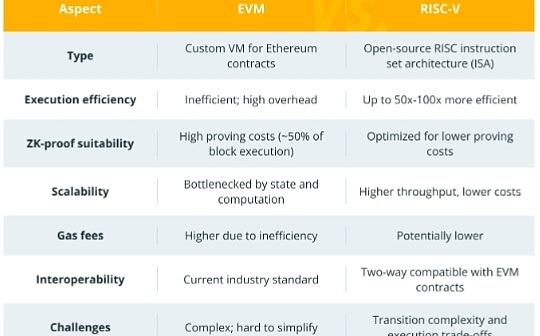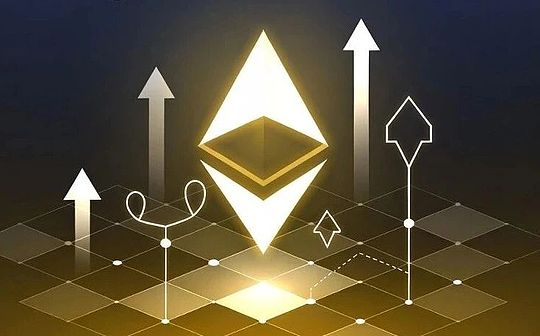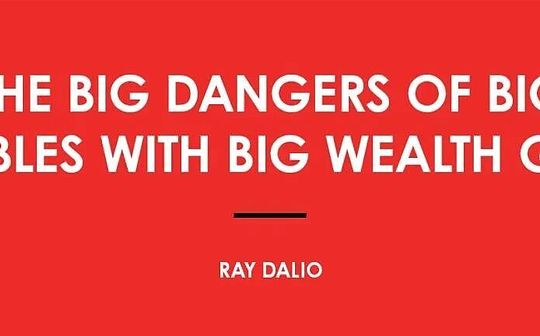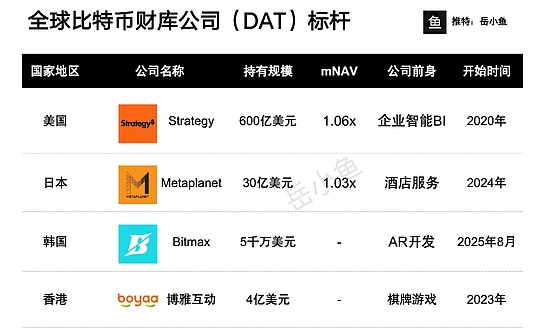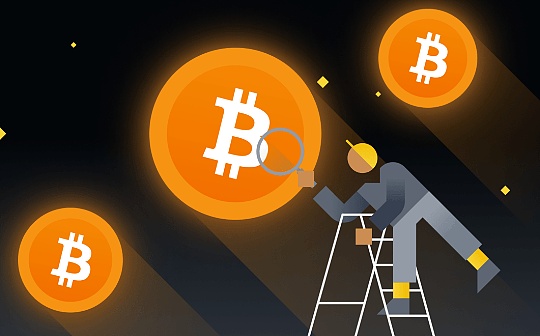
Author: Jagjit Singh, CoinTelegraph; Compiled by: Deng Tong, Bitchain Vision
1. The significance of block rewards in cryptocurrencies
Block rewards are a key component in supporting the decentralized nature of cryptocurrencies, with great symbolism and functional importance.
Fundamentally, block rewards are fees paid for crypto miners to add authorized transactions to the network.This process, known as mining, involves completing challenging mathematical puzzles, increasing the computing power of the network, and maintaining the integrity of the distributed ledger.
The importance of block rewards lies in the fact that it serves as the main source of incentives for miners, creating a competitive atmosphere and protecting the security and stability of the entire network.In addition to compensating miners for their calculations, it is also crucial to create new currencies and effectively manage the distribution and circulation of cryptocurrencies.This dual role supports the overall supply and demand dynamics of digital currencies and maintains the incentive structure of miners.
In addition, by eliminating the requirement of central institutions to control or issue currencies, rewards embody the principle of decentralization.It creates an open, transparent, self-sustaining system, where users’ efforts are compensated, enhancing the innovative and democratic character of the ecosystem.
2. Components of block rewards
Mining rewards and transaction fees are two main parts of cryptocurrency block rewards, and they both have a strong incentive for miners.
A fixed number of new minted tokens is called mining rewards and is usually rewarded to miners.In addition to introducing new cryptocurrencies into circulation, this part also acts as an incentive system for miners.
The second element is the transaction fee, which is the amount the user has to pay to package their transactions in a block.This feature maximizes blockchain efficiency by encouraging miners to prioritize processing of higher-cost transactions.
The combination of mining rewards and transaction fees creates a strong incentive structure for miners to promote cybersecurity, decentralization and transaction verification.Together, these elements provide an economic framework to keep cryptocurrencies decentralized and in line with miners’ incentives for the overall well-being and operation of blockchain.
3. How to calculate block rewards
Cryptocurrency block rewards are determined by complex dynamics, where fixed and variable components are important.
Some cryptocurrencies have fixed block rewards, i.e., a certain number of tokens are issued for each block that is successfully mined.Others, on the other hand, adopt variable rewards, which often depends on variables such as network participation or calculation difficulty.For example, Bitcoin (BTC) mining incentives are cut by about half every four years.This intentionally set scarcity is reminiscent of digital gold, whose function is to regulate the total supply.
Half events have a significant impact on the cryptocurrency landscape because they can affect market dynamics and miner incentives.For example, as rewards decrease, miners are forced to rely on transaction fees, highlighting the growing importance of this variable factor.In addition, there is a mutually beneficial relationship between mining incentives and difficulty.This is because the algorithm adjustment mechanism keeps the block creation time constant.
The difficulty changes dynamically with the change in processing power (hash rate) used during mining.As more miners join the network and the hash rate increases, maintaining expected block generation times becomes increasingly challenging.On the other hand, as computing power decreases, the difficulty will also decrease.
As mining difficulty increases, rewards are frequently adjusted to balance the work required for successful block verification.The complex interactions between fixed and variable elements, halving events and mining difficulty reflect the strict calculations behind determining block rewards in the evolving cryptocurrency world.
4. Bitcoin’s block reward mechanism
Bitcoin’s block reward system has played a key role in the development of the cryptocurrency field.
At the beginning of mining, miners successfully added new blocks to the blockchain under a fixed block reward mechanism to get 50 BTC.However, about every four years, Bitcoin experiences a halving event, reducing rewards by half to maintain scarcity and replicate the scarcity of valuable commodities such as gold.With only 21 million bitcoins in circulation, this deflation strategy aims to improve the store of value characteristics of cryptocurrencies.
Other cryptocurrencies often draw inspiration from Bitcoin, but showcase different reward structures.For example, cryptocurrencies such as Dogecoin (DOGE) and Litecoin (LTC) are very similar to Bitcoin’s halving method and are regularly adjusting their block rewards.
Instead, Ripple’s entire supply of XRP (XRP) is pre-mined, eliminating the need for traditional mining and block rewards.Using the Proof of Stake (PoS) consensus process, the Ethereum blockchain selects the validator to build a new block based on the number of Ethereum (ETH) owned by the validator and prepares it for collateral.
5. Technology progress and its impact on block rewards
Technological innovation can improve mining productivity and may reduce the proportion of transaction fees to miners’ total income.
The computing power used for blockchain verification is directly affected by the effectiveness and functionality of mining equipment.Therefore, technological developments in mining hardware and software have the potential to greatly improve mining efficiency, allowing miners to process more transactions while using less energy.
Intensified competition among miners may lead to a decrease in transaction fees as a proportion of miners’ total income due to efficient mining.However, it may also increase the difficulty and hash rate of the network, which will make competition for individual miners more challenging.
By affecting transaction fees, technological advances in blockchain scalability solutions such as the Layer 2 protocol or alternative consensus approaches can indirectly affect block rewards.If these solutions can improve the network’s transaction throughput, they may reduce competition for block space and reduce transaction fees.This, in turn, may affect the miners’ total income.

